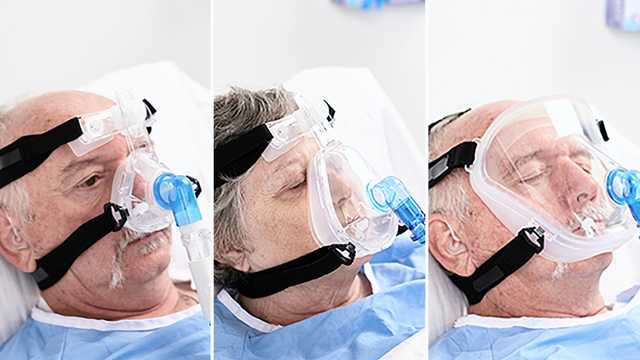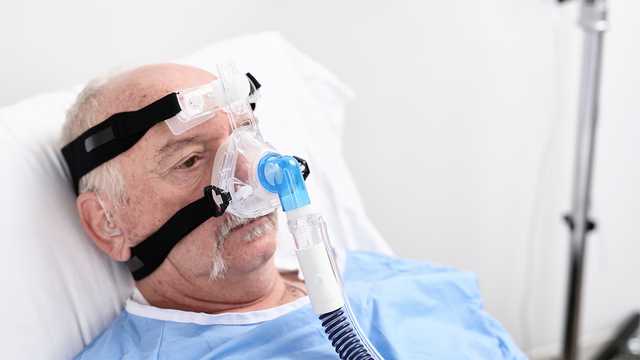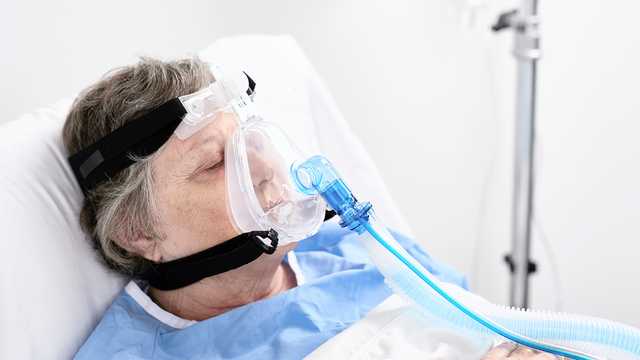
Date of first publication: 07.10.2022

Prolonged wearing of NIV masks may lead to the development of pressure ulcers (
You can choose from nasal, full face, or total perimeter configurations to ensure the most suitable fit for each individual patient. If you are wondering about the differences between the various configurations, here is a quick overview:
The nasal masks (

The full face masks are the standard for treatment with NIV. They are intended for patients with high respiratory demands or spontaneously breathing patients needing noninvasive ventilation (NIV) for respiratory support. The shape of the mask allows the patient to breathe through their mouth, so CO2 elimination is smoother as there is minimal nasal resistance.

The total perimeter masks avoid direct pressure on the nose, instead dispersing it over a larger surface area. They can also reduce the feeling of claustrophobia for the patient. By sealing around the perimeter of the face, the masks provide a great solution in the case of nasal bridge challenges or other facial deformations and abnormalities.

For detailed ordering information, contact your local Hamilton Medical representative or visit our Hamilton Medical e-catalog.
Follow the link below to explore our guide to the full range of masks.